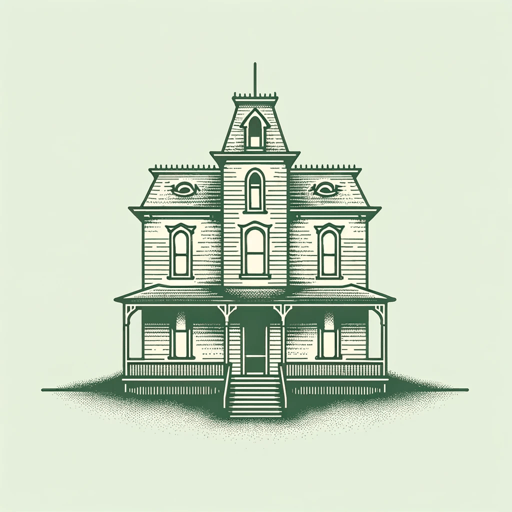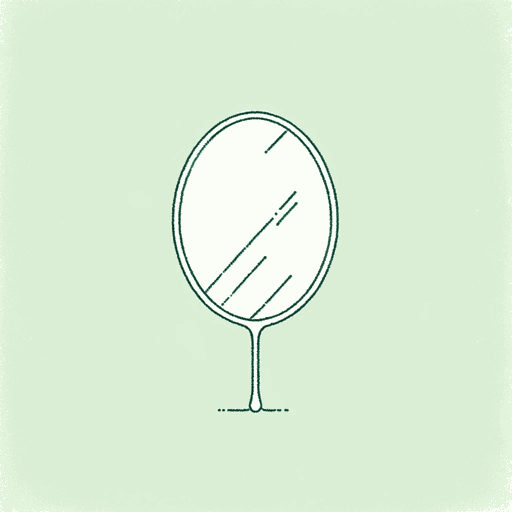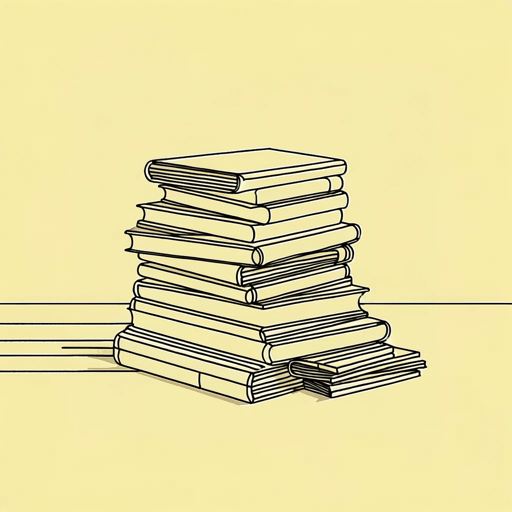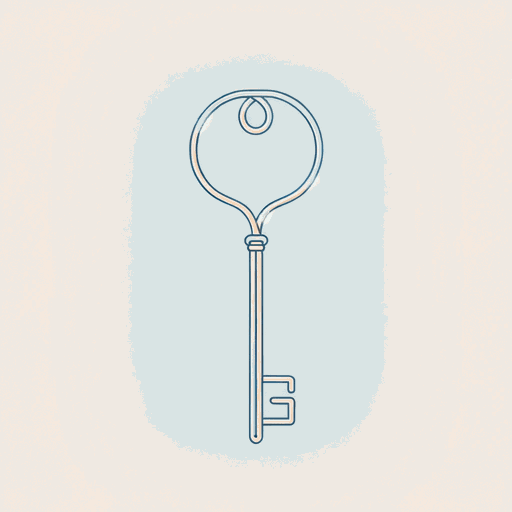49 pages • 1 hour read
Helen OyeyemiWhite Is for Witching
Fiction | Novel | Adult | Published in 2009A modern alternative to SparkNotes and CliffsNotes, SuperSummary offers high-quality Study Guides with detailed chapter summaries and analysis of major themes, characters, and more.
Symbols & Motifs
Chalk
Content Warning: This section of the guide mentions suicide, self-harm, and disordered eating. It also includes racist and xenophobic content, including offensive terms for Black people and undocumented citizens, which is replicated in this guide only in direct quotation of the source material.
Due to the Silver House’s influence, the named Silver women all develop symptoms of pica and consume non-food items—including acorns, leaves, pebbles, ladybugs, and chalk. The chalk that Miranda consumes connects her to the Silver House and Dover, with its imposing chalky cliffs. One of a multitude of white objects in the novel, chalk serves as a symbol of whiteness and death. Generally made from animal bones or seashells, chalk evokes death, as the product of dead animals. Connected to other objects that are white or whitening, such as bleach, sugar, and milk, chalk also represents the supposed racial purity of the Silver women and Dover. This myth of purity becomes as harmful to Miranda as the chalk she eats, as she grows weak from a lack of nutrition. Although it looks pure and solid, chalk easily disintegrates. Likewise, Miranda begins to match the chalk she eats, becoming more beautiful in appearance, but slowly disintegrating.
Chalk, like bleach, isn’t safe to consume: Miranda slowly poisons herself with chalk, and Agim, an immigrant boy, dies by drinking bleach.
Related Titles
By Helen Oyeyemi
Featured Collections
Appearance Versus Reality
View Collection
European History
View Collection
Family
View Collection
Fantasy
View Collection
Hate & Anger
View Collection
Horror, Thrillers, & Suspense
View Collection
Immigrants & Refugees
View Collection
LGBTQ Literature
View Collection
Magical Realism
View Collection
Memory
View Collection
Mental Illness
View Collection
Sexual Harassment & Violence
View Collection





